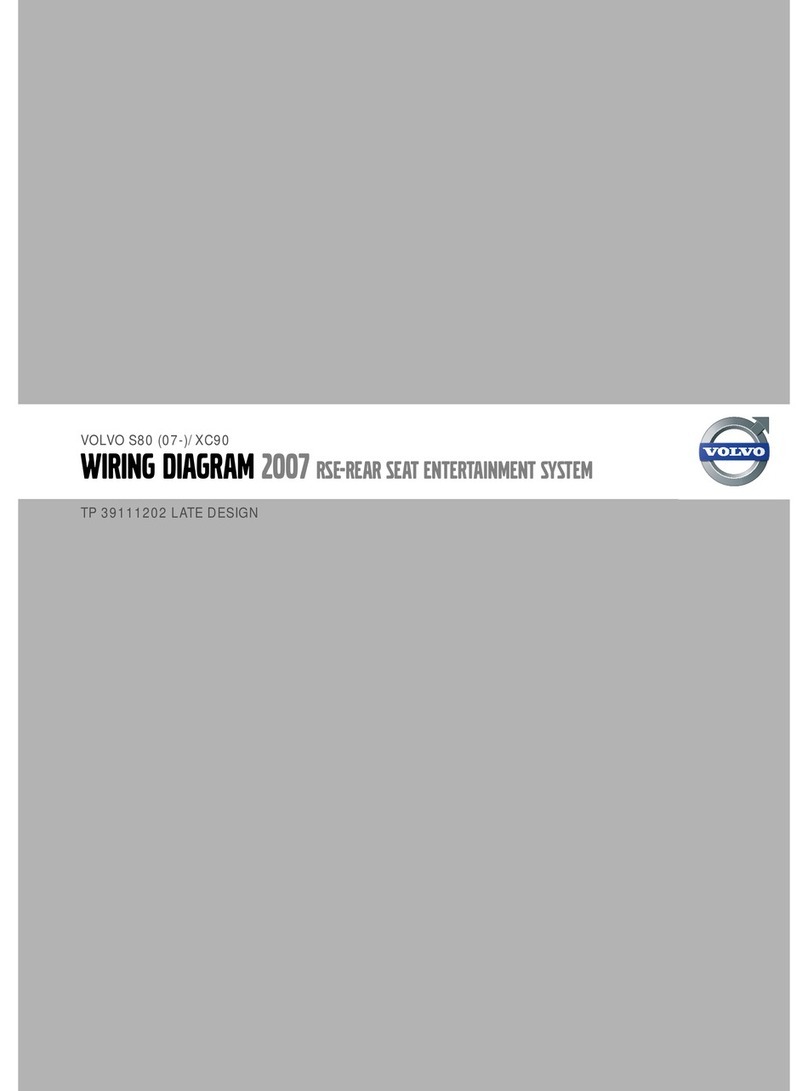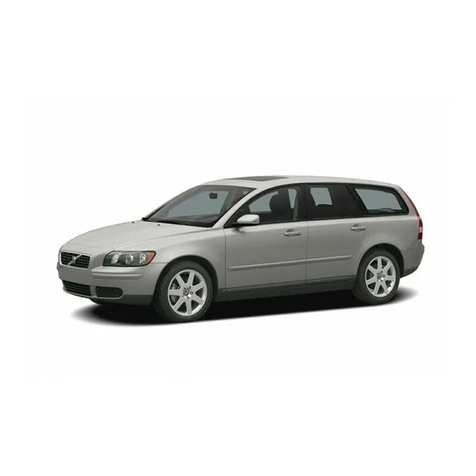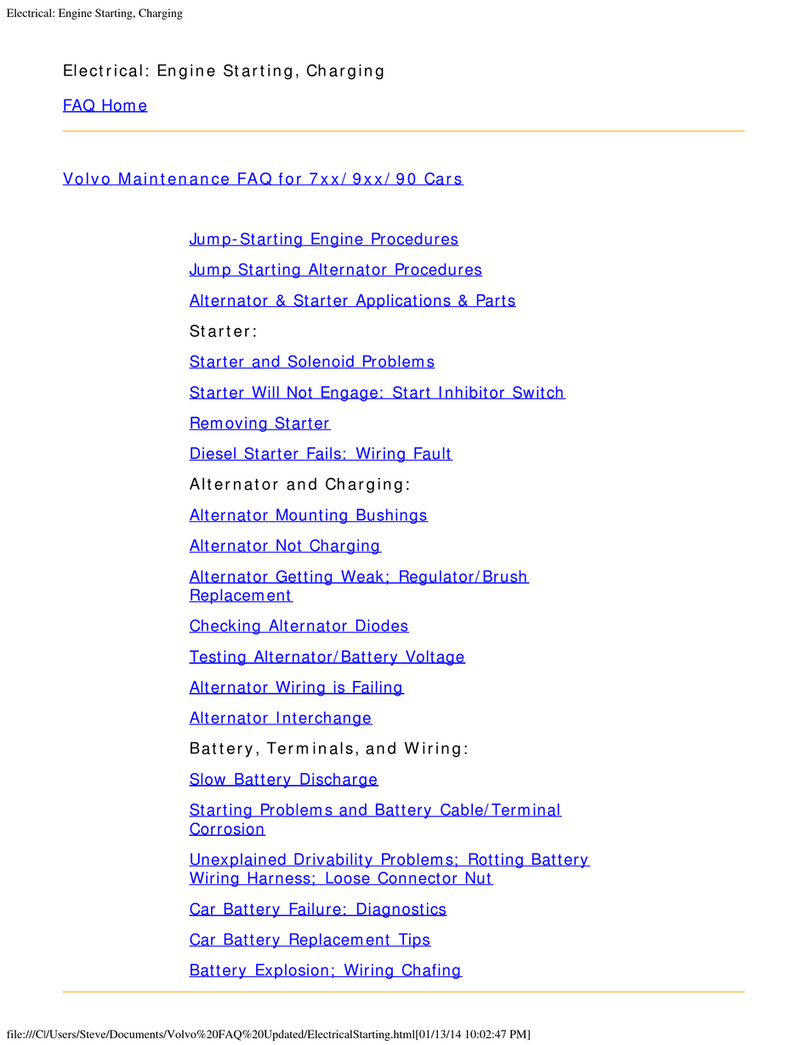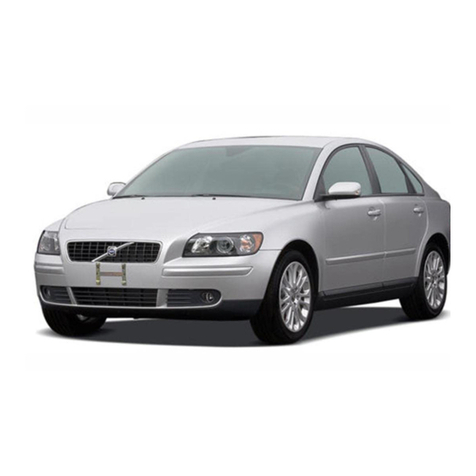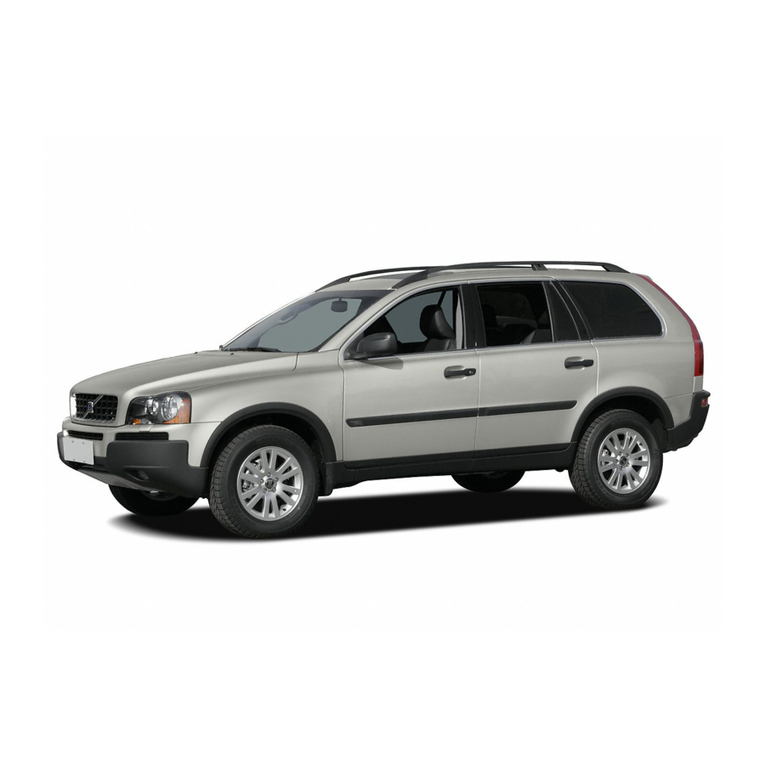P 120
The front end is bolted to the upper side mem-
bers, front cross-member and front pillar. The front
mudguards are pressed in one piece and bolted
to the wheel arch plate. The front section forms
the front part of the front end as well as the air
duct to the radiator. The body is noise- and heat-
i
nsulated. The insulation consists of "waffle" board
which is stuck on to the plate.
Bonnet
The bonnet is pivoted at the rear on two hinges.
I
n the closed position, the bonnet is secured by a
bonnet lock fitted on the front section. The lever
for the bonnet lock is operated by means of a
control
placed underneath the dashboard inside
the vehicle.
Doors sand openings
The doors are built up of an outer and inner plate
together with door arch which is flanged and spot-
welded in one unit. The hinges are fitted to the
i
nner plate. The doors are adjustable both longitu-
dinally,
vertically
and laterally. The doors are
provided with a door check. This consists of a flat
bar attached to the door pillar and runs against a
roller in the door. In the open position the flat
bar obstructs the movement of the roller and thus
li
mits the movement of the door. The door checks
are fitted to the doors with screws. The press-
button of the outside door handles operates a lever
which in turn disengages a rotating toothed roller
(tumbler). The inside door handles are fitted to the
remote control which is attached to the inner door
plate with screws. The handle transmits the move-
ment to the toothed roller by means of a link rod.
The lock insert is fitted in the press-button on the
door handle. The doors can be locked from inside
the vehicle by pressing down the locking knobs.
The window winders are of the cable and chain
type. The movement of the window winding handle
i
s transmitted to the window itself by a cable and
chain which are joined together forming an endless
"drive
This is mounted on two pulleys and a
sprocket. The lower pulley is provided with a spring
device for tensioning.
The luggage compartment lid is built up of an outer
and inner plate. The catch for the locking device
i
s fitted on the lower edge of the luggage compart-
ment lid. The hinges are fitted at the upper edge
of the lid. The hinges are bolted to the plate under
the rear window through a reinforcing plate. The
Fig. 4.
Roof section (2- and 4-door)
On 4-door models the side section (Fig. 3)
consists of the front pillar (9), intermediate pillar (11),
rear pillar (6), intermediate and outer cantrails (8
and 7), roof former (1), windscreen pillar (10), rear
wheel arch (2) with wheel arch member (5), rear
mudguard (4), back plate and joining plate (3). The
cantrail and wheel arch member are manufactured
of galvanized sheet metal.
The roof section (Fig. 4) consists of a number of
pressed steel plates. The roof plates form the
upper part of the scuttle section, windscreen open-
i
ng, the roof itself, the opening for the rear window
and the upper limit of the luggage compartment.
The front mudguards, front section and bonnet
make up the front end.
Fig. 3.
Side section (4-door)



